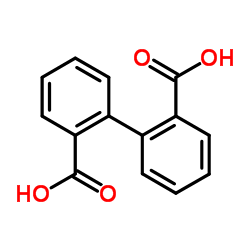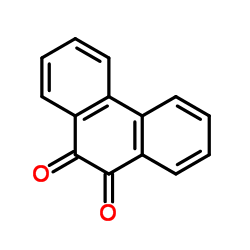| Structure | Name/CAS No. | Articles |
|---|---|---|
 |
diphenic acid
CAS:482-05-3 |
|
 |
Phenanthrene-9,10-dione
CAS:84-11-7 |